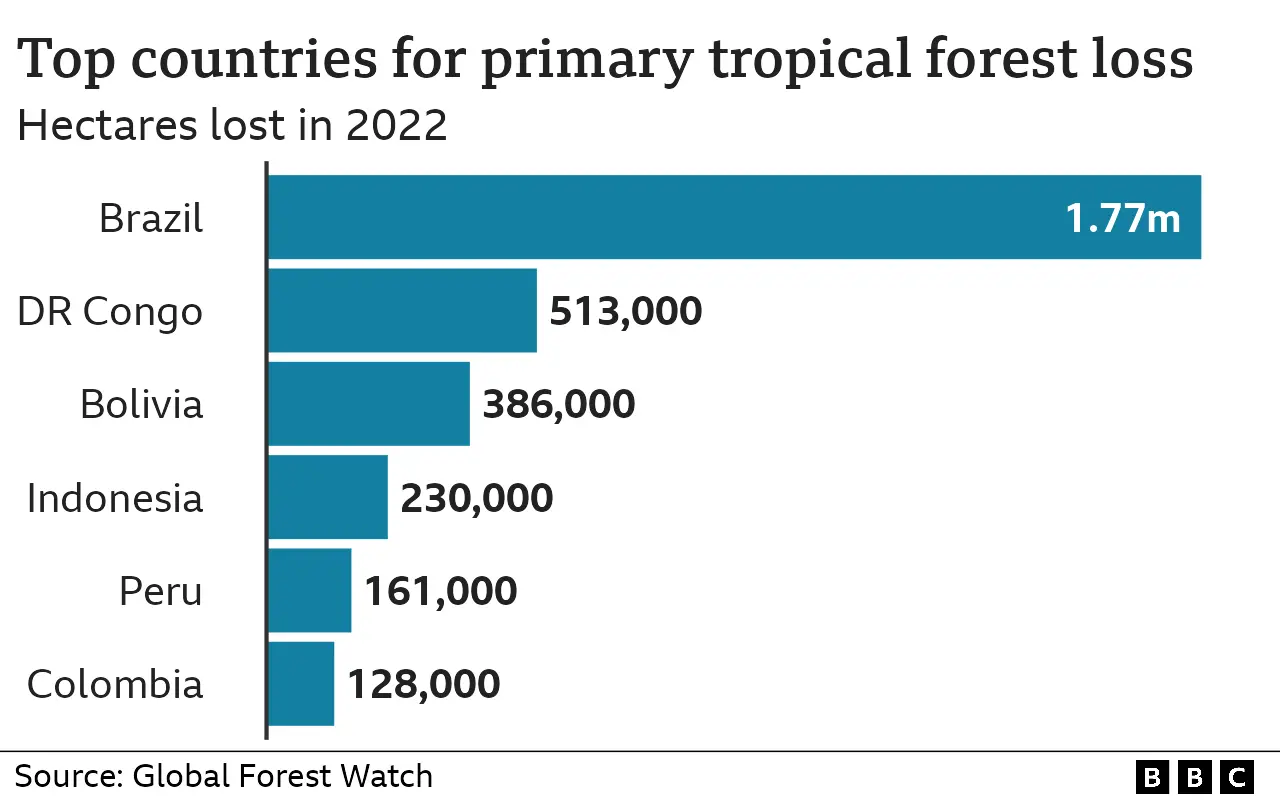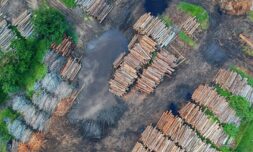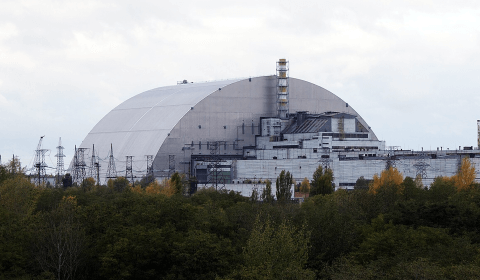An area the size of Switzerland was cleared from Earth’s most pristine rainforests last year, suggesting that world leaders’ commitment to halt their destruction by 2030 is failing.
Last year, an area of tropical rainforest the size of Switzerland was felled.
This is according to a damning new report by the World Resources Institute (WRI), which has revealed that between the Bolivian Amazon and Ghana, the equivalent of 11 football pitches of ‘primary rainforest’ were destroyed every minute of 2022.
WRI’s satellite-based deforestation monitoring platform (Global Forest Watch) recorded the destruction of more than 4.1m hectares within this timeframe, an increase of around 10% from 2021.
It found the hardest-hit country to be Brazil, accounting for 43 per cent of global losses, followed by the Democratic Republic of the Congo (13 per cent) and Bolivia (9 per cent).
On the contrary, Indonesia – where forest destruction has slowed for the fifth year running – managed to keep rates of loss near record low levels after significant corporate and government action during the last decade.
It’s a similar story in Malaysia. In both countries, oil palm corporations also appear to be taking action, with some 83% of palm oil refining capacity now operating under no deforestation, no peatland, and no exploitation commitments.

As it states, the planet’s most carbon-dense and biodiverse ecosystems were cleared for cattle ranching, agriculture, and mining, with local Indigenous communities forced from their land by extractive industries in some countries.
This is extremely concerning given that experts have repeatedly warned humans are destroying one of the most effective tools for mitigating global warming and halting biodiversity loss.
Without it, they stress, we face a rapid exacerbation of the climate crisis, because rainforests are the largest natural shield we have protecting us from our own impact on the environment, soaking up the massive amounts of heat-trapping emissions that are driving our ecological emergency.




















